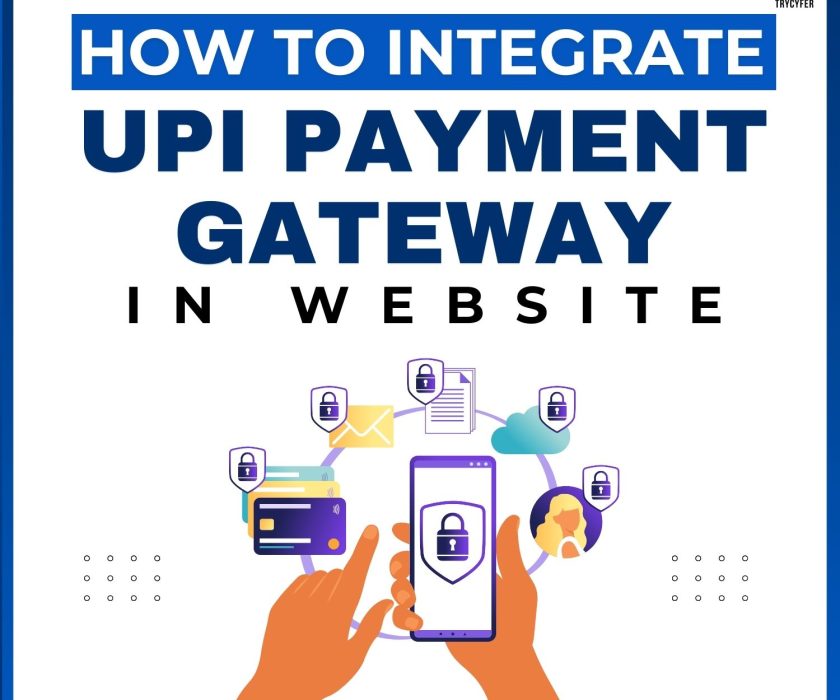How to Launch a Website?

1. Planning Your Website
Before tackling the technical aspects of launching a website, it’s essential to plan it thoroughly. In this phase involve the purpose of your site, identifying your target audience, and setting clear goals.
Key Planning Steps:
- Define Your Website’s Purpose: Determine the primary function of your site, whether it’s to provide information, sell products, or showcase your portfolio.
- Identify Your Target Audience: Understand who your audience is, their needs, and how your website will serve them.
- Set Clear Goals: Establish measurable objectives, such as increasing traffic, generating leads, or achieving sales targets.
- Create a Sitemap: Outline the structure of your website, including key pages, navigation, and content hierarchy.
- Budget and Resources: Allocate a budget for design, development, hosting, and ongoing maintenance.
2. Choosing a Domain Name
Domain name is your website’s address on the internet, it plays an important role in branding and SEO. Including relevant keywords into your domain name is significant for your website’s search engine optimization (SEO).
Tips for Choosing a Domain Name:
- Keep It Short and Memorable: A short, easy-to-remember domain name is more effective for branding and user recall.
- Use Keywords: Incorporate relevant keywords related to your business or industry to improve SEO.
- Choose the Right Extension: Common extensions like .com, .net, or .org are preferable, but you may also consider industry-specific extensions.
- Avoid Hyphens and Numbers: These can make your domain name harder to remember and prone to typos.
- Check Availability: Use domain registrars to check the availability of your desired domain name and secure it.
3. Selecting a Web Hosting Provider
While launching a website successfully it is important to select the right web hosting provider. Your hosting provider will store your website’s files and data on its servers and make them accessible to users around the world. The quality and reliability of your hosting service can significantly impact your website’s performance, security, and uptime.
Factors to Consider:
- Reliability and Uptime: Ensure your hosting provider offers at least 99.9% uptime to keep your site accessible.
- Performance: Look for hosting plans that offer fast load times and resources like bandwidth and storage.
- Security Features: Opt for hosting providers with robust security measures, including SSL certificates, firewalls, and regular backups.
- Customer Support: Choose a provider with responsive and knowledgeable customer support available 24/7.
- Scalability: As your website grows, you’ll need a hosting plan that can scale with your needs.
Read also: How to Host a Website
4. Designing Your Website

Design is an important aspect of your website as it significantly shapes user experience (UX), branding, and conversions. Whether you’re using a website builder or engaging a professional designer, every design choice you make should be in harmony with your brand identity and user expectations, as it directly impacts how users interact with your site.
Design Considerations:
- User Experience (UX): Prioritise intuitive navigation, mobile responsiveness, and fast load times.
- Brand Identity: Ensure that your website design reflects your brand’s colors, fonts, and visual elements.
- Content Layout: Organise content logically, using headings, subheadings, and bullet points for readability.
- Call-to-Action (CTA): Strategically place CTAs to guide users towards desired actions, such as signing up or purchasing.
- Visual Appeal: Use high-quality images, videos, and graphics to enhance the aesthetic appeal of your site.
5. Developing Your Website
Once you’ve secured your domain name and selected a web hosting provider, the next crucial step is the compelling transformation of your ideas and plans into a functional and visually appealing online presence. The development process includes several key components, such as selecting the right platform, designing the website, and creating the necessary content.
Development Steps:
- Choose a Platform: Decide whether you’ll use a content management system (CMS) like WordPress, a website builder, or custom development.
- Front-End Development: Focus on the user interface (UI) and interactive elements using HTML, CSS, and JavaScript.
- Back-End Development: Develop the server-side logic, database integration, and any custom functionalities.
- Content Management: Set up a CMS or content management system to make it easier to update and manage your website content.
- SEO Integration: Implement SEO best practices, such as meta tags, alt text, and clean URLs.
6. Testing Your Website
Once the development phase has been completed, the next step is testing the website to make sure everything functions as planned. Website testing is a wide process that involves checking various aspects of the site to analyze and fix if there are any issues before the official launch. Proper testing helps to enhance user experience, ensures compatibility across different devices and browsers, and prevents potential problems that could affect your website’s performance.
Testing Checklist:
- Functionality Testing: Ensure all features, forms, links, and CTAs work as intended.
- Cross-Browser Compatibility: Test your website on different browsers (Chrome, Firefox, Safari) to ensure consistent performance.
- Mobile Responsiveness: Check how your website performs on various mobile devices and screen sizes.
- Load Testing: Assess your website’s load times and optimize any slow-loading pages.
- Security Testing: Conduct security audits to detect vulnerabilities and ensure data protection.
7. Launching Your Website
After careful planning, designing, developing, and testing, the moment has arrived to make your website live and accessible. Launching your website is a critical phase involving various steps to have a smooth transition from development to production.
Launch Steps:
- Finalize Content: Review all content for accuracy, grammar, and alignment with your brand message.
- Set Up Analytics: Integrate tools like Google Analytics to track visitor behavior and website performance post-launch.
- Enable SEO: Ensure all on-page SEO elements are in place, including meta descriptions, alt text, and sitemaps.
- Announce the Launch: Use social media, email newsletters, and other marketing channels to announce your website’s launch.
- Monitor Performance: Keep an eye on your website’s performance, traffic, and user feedback in the first few days.
8. Post-Launch Strategies
Once your website is live, the work doesn’t stop. The post-launch phase is crucial for ensuring your website’s long-term success. This period involves a series of ongoing activities and strategies to optimise performance, maintain relevance, and drive continuous growth.
Post-Launch Actions:
- Regular Updates: Continuously update your content, products, and services to keep your website fresh and relevant.
- SEO Optimization: Monitor and improve your SEO rankings through keyword optimization, link building, and content marketing.
- Performance Monitoring: Use analytics to track user behavior, site speed, and other key metrics to improve performance.
- User Feedback: Encourage visitors to provide feedback and use it to make improvements.
- Marketing Campaigns: Develop and execute digital marketing campaigns to drive traffic and conversions.
Conclusion
Launching a website is an all-round process that requires careful planning, execution, and continuous management. In this blog, we will focus on—planning, choosing a domain, selecting hosting, designing, developing, testing, launching, and post-launch strategies. You can ensure a successful website launch that meets your goals and offers a positive user experience. Remember, the journey doesn’t end at launch; continuous improvement and optimization are important to maintain a strong online presence. Whether you’re a small business, a blogger, or an enterprise, understanding the complexities of launching a website will empower you to create an impactful online presence.











